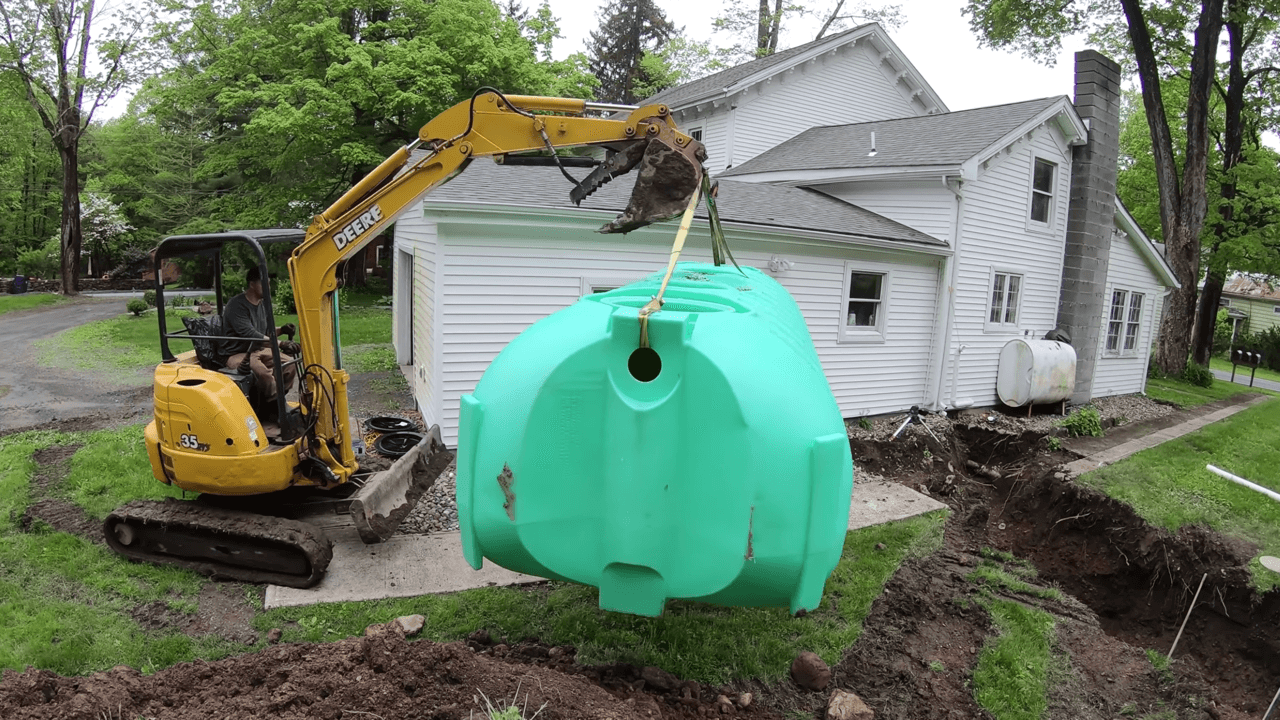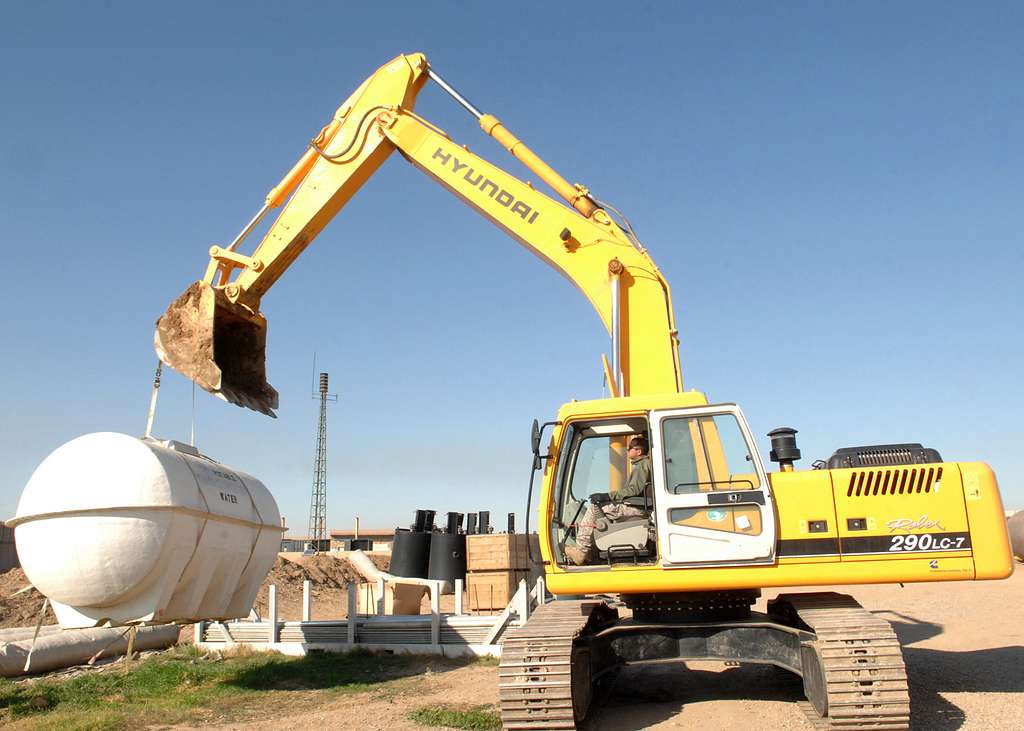Septic Tank Replacement & Installation
Septic Tank Replacement & Installation Riverside
In with the new.
Is there a new septic system installation in your near future? Or have you been experiencing some major issues with your septic tank and you're thinking it may need to be replaced?
Well, you've come to the right place.
No matter what your needs for your commercial or residential property are, we are your one stop shop for anything involving septic systems. If you have a need that is not listed here among the services that we provide, throw it at us! There's nothing we can't handle.
We provide the best septic system installation services in Riverside, CA. And if you need your septic tank replaced, we're here for that as well.
We are here for all of your septic system needs.
Please call us today at 951-900-3773
and let us know how we can serve you.
Request a quote
Lead Gen Contact Form
Costs of Septic Tank Installation
We'd like to think that one of the reasons we've built such a great reputation with our community here in Riverside is because we're so transparent with our customers. We want them to be aware of the costs and considerations of a septic tank installation service well in advance. Often times, there's more than just the tank itself that they'll be paying for, and it's best to be prepared. Some things to take into account are:
Soil Testing
If you're considering installing a septic tank, make sure to get the soil tested first. During this process, engineers drill down into the ground on your property and test it for suitability of installation before they go any further with construction or permitting. They'll also test how deeply buried groundwater is nearby so that there's no chance of contamination from leaking sewage pipes after installation as well as checking if local health department requirements are satisfied in regards to where the system can be installed on site.
Inspection & Acquisition of Permits
After you've passed the soil testing phase, it's time to get your local permits. Your septic system type will depend on where you live and any requirements of your city/county. There are usually costs associated with getting these permits so make sure you consider this and factor this in with the overall septic tank installation cost.
Landscape Preparation
Once you have pinpointed the ideal location for your new septic system, we can clear out any landscaping and then install it. Alternatively, if this is something that you would like to do yourself give us a call so we can tell you where to start.
Labor
The cost of labor will depend on what type of of septic system you have installed, as there are a number of different types. We would love to work with you, but if you do choose to work with another team of septic system professionals, just make sure they're fully licensed and insured. If they are not, chances are they'll charge you less for their services. But what you save in the beginning can turn out to be incredibly costly down the line, so keep that in mind!
When to Replace Components of Your Septic System
Needing parts of your septic system replaced isn't necessarily a bad thing. It's a mechanical system, and most mechanical systems will need repairs and/or replacements at some point in time, even with the best regular maintenance. There are some parts of a septic system that very commonly need to be replaced.
Septic Tank Lid Replacement
This is one of the easiest repairs we can do! If a tank lid breaks or rusts, the cost to replace it can be as low as $30. Concrete lids are trickier and require special equipment to remove and install new ones. Since those are more complicated, they will be more expensive, even before labor costs are factored in.
Septic Tank Pump Replacement
Septic tank pumps are extremely important for the functionality of any systems that require them. They are what push the effluent from the tank to the drain field. Replacing a faulty pump will help the system function properly in the future.
Septic Tank Filter Replacement
This is by far the most common complication that homeowners run into. And the good news is, it's one of the lower cost issues for us to fix. If, upon analyzing the condition of your septic system, we find that a rank filter replacement is the best course of action, the average cost of having the new filter installed tends to be less than $500.
Septic Drain Field Replacement
These need to be replaced if the septic tank leach or drain field becomes oversaturated. When this occurs, sewage typically backs up into the house, and we don't need to tell you what a major problem that is. If the existing drain field needs to be dug out and replaced with a new one, the typical cost is usually around $7,000.
Baffle Replacement
Baffles help to protect inlets and pipes by preventing scum from clogging them up. However, it's not abnormal for them to fail or become clogged themselves. Rather than replacing the entire tank, you can opt to have them replaced. But you'll be happy to know that replacing septic tank baffles is rarely a service that costs more than a $500 or so.
Call to hire the septic system repair pros
| 951-900-3773
FAQ About Septic System Replacement & Installation
Types of Septic Systems
You might think that once you've seen (or used) one septic system, you've seen them all.
But there are differences between septic systems, and it's important to familiarize yourself with them since this information will have a big impact on the overall cost of your tank installation or replacement.
We hope the overview of septic systems is useful for you:
Anaerobic Septic System
Anaerobic septic systems are as close to "set it and forget it" as you're going to get. They don't require additional power or chemicals because they contain bacteria that are able to survive without oxygen. These bacteria break down any solid taste that enters the tank, and any liquid waste is then piped out and distributed under the soil. Since anaerobic systems are pretty low-maintenance, they're a popular choice for homeowners.
Aerobic Septic System
Aerobic septic systems, on the other hand, contain bacteria that do need oxygen to survive. For this system to work at optimum levels, it needs oxygen to be pumped into the septic tank, activating the bacteria so that they can feed on the solid waste within the tank. Typically when a homeowner calls us with an issue with their aerobic septic system, it's because the oxygen source has gotten cut off at some point, "deactivating" the bacteria inside, which leads to solid waste buildup. The solution can be as simple as waking them up again so they can get back to work.
Gravity Septic System
These septic systems don't need a water pump to function, but use (you guessed it) gravity to get the job done. This works best if installed on a gentle slope of some kind.
Mound Septic System
In the event that a home has groundwater that sits fairly close to the surface, a sand mound needs to be constructed in the septic system area, which pumps wastewater from the tank to the mound a little bit at a time. This way, the sand filters the water before it gets into the soil and groundwater. This type of septic system has two main drawbacks, though: it's a bit pricey, and you'll need plenty space.
Chamber Septic System
There are a lot of similarities between the construction of a chamber system and a conventional septic system. The main difference is the use of plastic chambers in the drain field instead of gravel. In comparison to a conventional system, though, they are easier to construct. And a bonus for anyone who is especially environmentally conscious: they have a smaller carbon footprint compared to other septic systems.
Conventional Septic System
Convention septic systems consist of a septic tank and a trench that acts as a drain field. The trench--which is constructed either on stone or gravel--allows water to pass through. But similarly to the mound septic system, it requires considerable amount of space to function properly.




